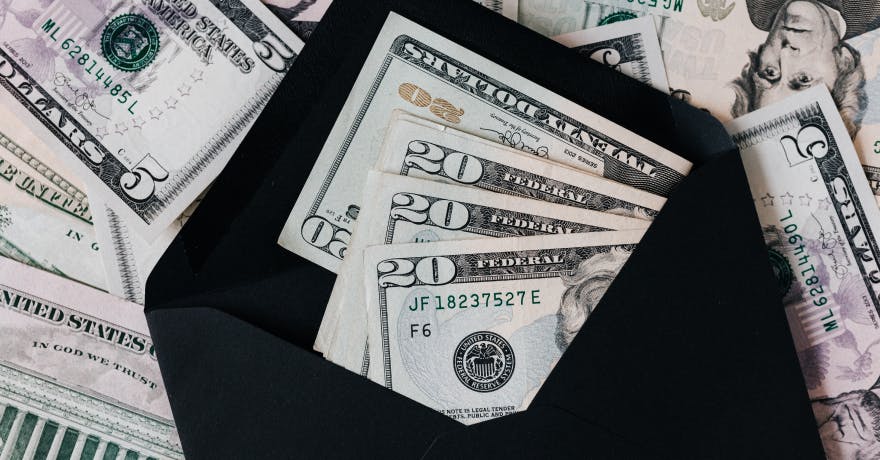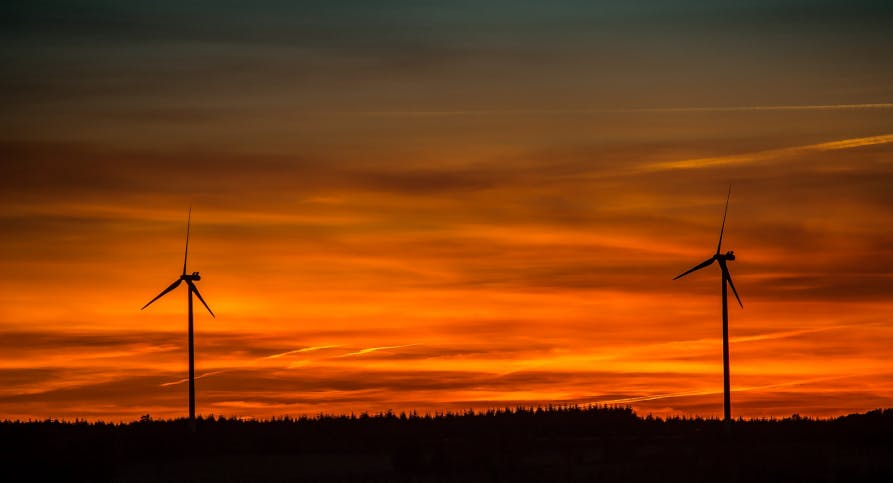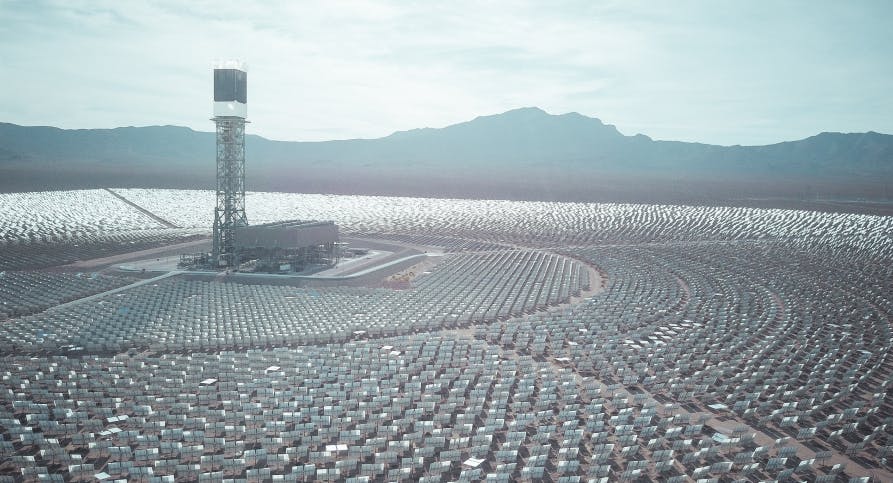ESG / CSR
Industries
How to Become a Green Bank and Why Jumping in



Everyone has had to comply with the new realities accompanied by climate change, including banks – many of which are striving to qualify as a green bank in order to maintain investor appeal, customer interest, and lucrative financial returns or company success.
What is a green bank, how can a bank become a green bank, and why is jumping into the world of green banks important in a work transitioning towards greater sustainability?
What is a green bank?
A green bank is a type of bank that is determined to use their resources of finances to help transition to more sustainable concepts, such as the use of renewable energy, and fight against climate change as a whole.
Green banks differ from traditional banks, as their priority lies with encouraging the use of renewable energy and benefiting the environment instead of seeking a lucrative profit. For instance, a green bank may work to remain active in the process of implementing various environmental projects while also seeking out new ones to participate in and contribute to with their financial resources.
Ultimately, a green bank will be determined to mitigate climate change – but they might also have other sustainable goals in mind, such as seeking to improve education in developing countries or looking to rectify the use of natural resources elsewhere in the world.
Does a green bank function in the same way that a typical bank does?
How does a green bank work?
A green bank functions a little differently than a typical bank normally would, as the primary goal of a green bank is vastly different from that of a traditional bank.
In contrast to other banks, a green bank will more often than not make use of financing as opposed to giving grants. This is because green banks use financing in order to invest in multivarious projects dedicated to fight against climate change, such as towards companies installing solar panels that will help to avoid the use of fossil fuels. Through the use of financing, a green bank can expect the investment to be returned at some point – allowing for continued, positive investments in the field of clean energy in the future. Therefore, a green bank will often seek an investment that is more likely to be paid back so that they can continue to invest in other clean energy projects and aid in the fight against climate change.
Another main difference between green banks and traditional banks, is that a green bank will often work in conjunction with careful planning and timing. This is because green banks have to be mindful of the timely impact their investments will have on clean energy, and realize that contributing to the market in a speedy manner can make a huge difference in the end result of the eco-friendly project.

Therefore, the main difference between how a green bank works and how a traditional bank works is the thought process behind choosing future investments. Traditional banks are more likely to invest in a passive manner, whereas green banks are determined to take action and provide investments as soon as possible.
There are two main types of green banking: government owned green banks (also known as national green banks) and semi-public green banks (also known as state green banks). The latter is usually funded through public dollars in combination with the use of private dollars from previous investments in order to financially support other environmentally friendly projects. An example of a green bank that falls under governmental jurisdiction, otherwise known as a national green bank, would be the new climate bill, or the Inflation Reduction Act of 2022, passed by the Biden administration last year.
Why is becoming a green bank important in today’s world?
The answer may seem conspicuous, but if it isn’t already clear – green banking is imperative in order to accelerate the transition to the use of clean energy and to fight against climate change.
Many banks unknowingly take advantage of their customers, such as by investing in fossil fuels – which results in the interest returned to the bank user. Continuing to invest in the very things that are harming the planet will only prolong the cause at hand. Therefore, it is crucial that more banks and other financial services strive to understand the values demonstrated by green banking – where creating positive environmental change and aiding in the fight against climate change should precede all.
The concept of green banking is similar to the concept of sustainable financing as opposed to traditional investments. Sustainable investments such as socially responsible investing, impact investing, and ESG investments. These investments are just as financially lucrative as traditional investments, and yet – they create positive changes in society and the environment that ordinary investments do not. The priority of these investments is to ensure improvement in various societal and environmental measures over a good financial return, just as the priority of green banking is to aid in the transition to the use of renewable energy and fight against climate change over financial gain.

With the current energy crisis, facilitating the transition to the use of clean energy has never been more imperative than it is now – and green banks can help with that. Thankfully, there are additional benefits to be had for those who choose green banking – it isn’t just the environment that reaps the rewards of a good green bank.
What are the benefits of becoming a green bank?
There are several benefits to becoming a green bank. However, one of the most notable benefits of becoming a green bank is that green banks are able to acquire copious amounts of knowledge regarding other cultures, countries, and environmental circumstances. This is due to their primary mission of rectifying climate change and benefiting those affected by global warming. Therefore, in addition to the malleable nature of green banks – a green bank often has the ability to remain ready at any given moment to implement the stringent measures necessary to elicit change. In other words, a green bank is quick on their feet and is able to act quickly – something valuable in the midst of climate change.
Other benefits of green banking include how green banks often use online transactions instead of paper in avoid to prevent additional waste and deforestation, loans for customers seeking to start eco-friendly projects or businesses that create products aimed towards fighting against climate change, helping to increase awareness on how green banking is beneficial to both companies, employees, and customers, improving creativity be encouraging the development of green products and services, increased efficiency due to a paperless banking environment, and the convenience bank statements sent via email.
Overall, green banking provides a wide range of benefits for all individuals involved – but given there are different types of green banking, how can people notice the difference between them and choose the right green bank for them?
3 examples of green banking
There are several different examples of green banking, and therefore – can often be hard to decipher which entities qualify as a green bank. That’s why we’ve rounded up five real-life examples of green banks.
The Inflation Reduction Act of 2022
The new climate bill passed last year, also known as the Inflation Reduction Act of 2022, is a perfect example of a national green bank. This is because this climate bill passed by the Biden administration has dedicated nearly $370 million dollars towards programs that can help to fight against climate change – such as incentivizing Americans to purchase electric cars or to install solar panels. The funds are garnered towards encouraging solutions that will not only improve the lives of Americans, but the future of the planet – making this one of the most recent and well-known examples of a green bank.
Montgomery County Green Bank
Functioning in one of the most populous counties in the Washington D.C., Maryland, Virginia area – Montgomery County is home to its own green bank that is determined to help the county reach their climate goals through various clean energy partnerships and solutions garnered towards rectifying climate change. The Montgomery County Green Bank is also dedicated to making climate resolutions more affordable and available to residences and businesses in the county.

California Lending for Energy and Environmental Needs
California has been on our environmental legislation radar, with the state having released a series of climate legislation late last year to encourage Californians in the transition to the use of clean energy. The California Lending for Energy and Environmental Needs, also known as CLEEN, helps to provide affordable financing to both governments and nonprofit organizations to help the state meet their emission reduction goals, preserve water, and protect the environment. There are two different programs under the CLEEN name, including the Statewide Energy Efficiency Program, otherwise known as SWEEP, and the Light Emitting Diode Street Lighting – otherwise known as the LED program. CLEEN provides both financing and direct loans for these various projects seeking to fight against climate change.
How can a bank become a green bank?
It may seem easy enough to start providing loans and finance opportunities for green projects, but before venturing into the journey of becoming a green bank – it’s important to understand where companies should start.
For instance, risk management and testing is pivotal for banks seeking to become a green bank. This is because they need to build the resilience necessary in order to provide financing and loans associated with green projects. Also, companies seeking to become a green bank should remain open to new opportunities – but also remain wary of potential greenwashing and learn how to decipher which green projects are worth their financial support.
It’s hard for a bank to become a green bank if they don’t make the effort to understand their own environmental impact. Therefore, entities searching to qualify as a green bank must learn to calculate and measure their own carbon footprint and seek solutions to reduce their own emissions.
After these preliminary steps have been implemented – then a bank or entity can start to provide green financing opportunities for companies and projects dedicated to environmental improvement.
Green baking, like many other sustainable concepts, is likely to become the future – meaning there is no harm in starting the journey to become a green bank today.
What about Greenly?
If reading this article on how to become a green bank and why green banks are growing in popularity has made you interested in reducing your carbon emissions to further fight against climate change – Greenly can help you!
Are you a green bank looking to reduce your carbon footprint? Click here to see how Greenly can help.
Greenly can help you make an environmental change for the better, starting with a carbon footprint assessment to know how much carbon emissions your company produces.



